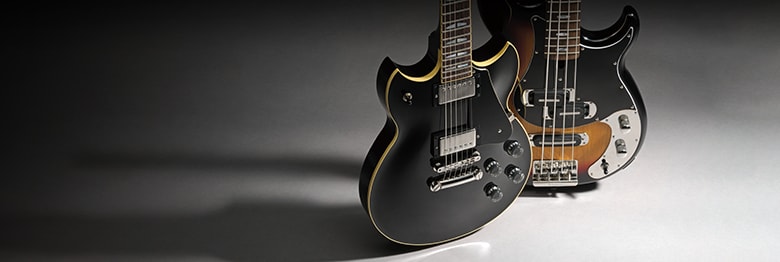ELECTRIC GUITAR ANATOMY
-
ELECTRIC GUITAR ANATOMY

This page provide a basic information of Electric Guitars.
Elements of sound and playability
-
The Parts Of An Electric Guitar

-
Types of Pickups
Electric guitar pickups consist of a magnet wrapped in fine copper wire. When the guitar strings vibrate, they move through the magnetic fields and cause the pickups to output an electrical signal. The exact characteristics of this signal, which determines the tone of the pickup, can be changed by altering the number of wire coils, the thickness, and even the coating, of the wire.
In most cases, pickup magnets are either alnico (a combination of aluminum, nickel, and cobalt) or ceramic. Ceramic magnets give a bright, powerful tone while alnico magnets have more of a warm, vintage character.
There are two main types of pickups: single coil and humbucking.








